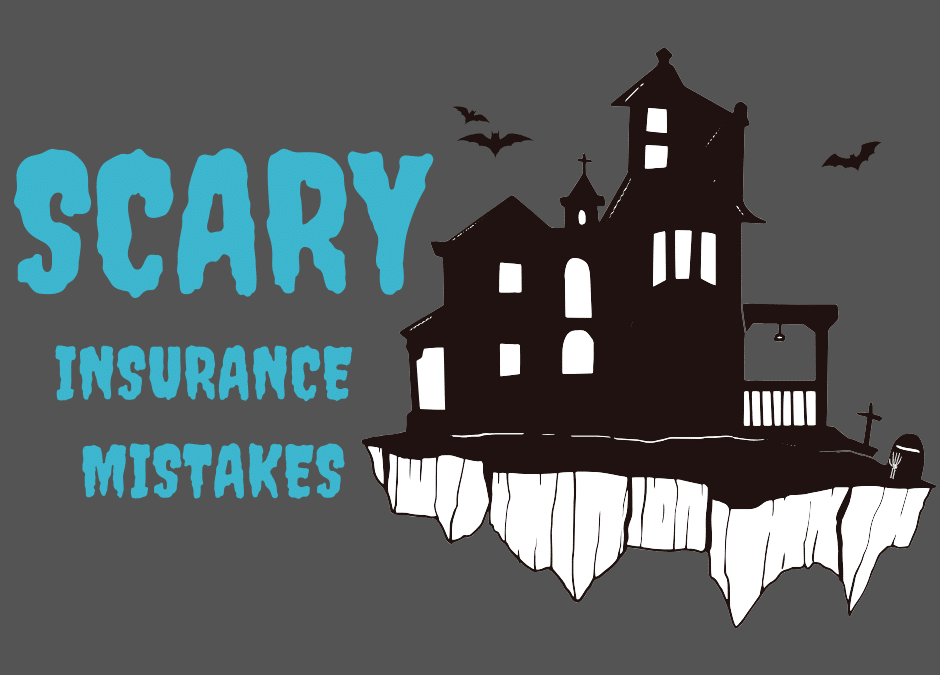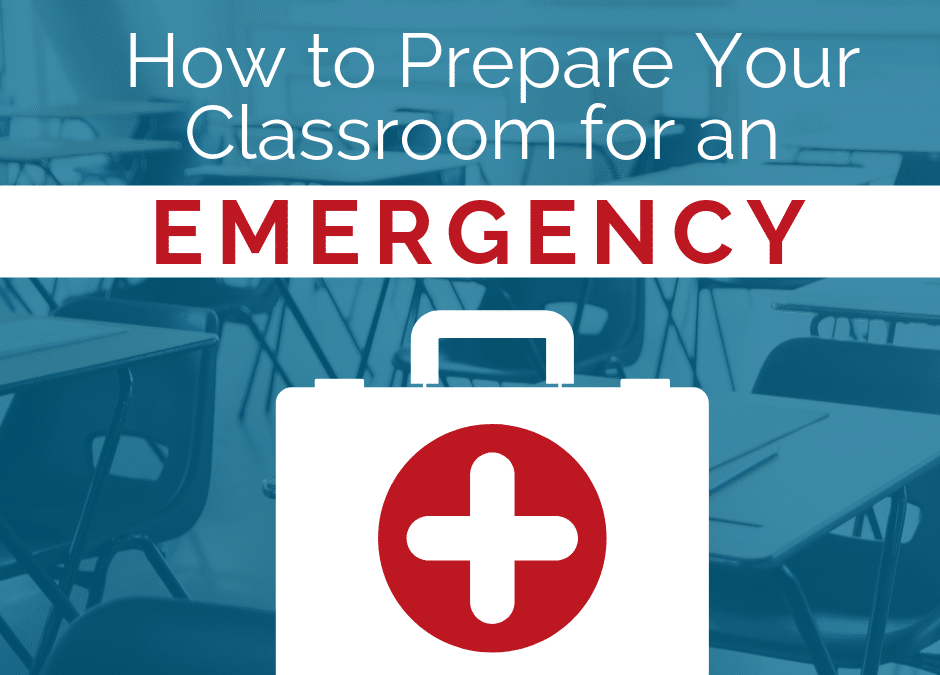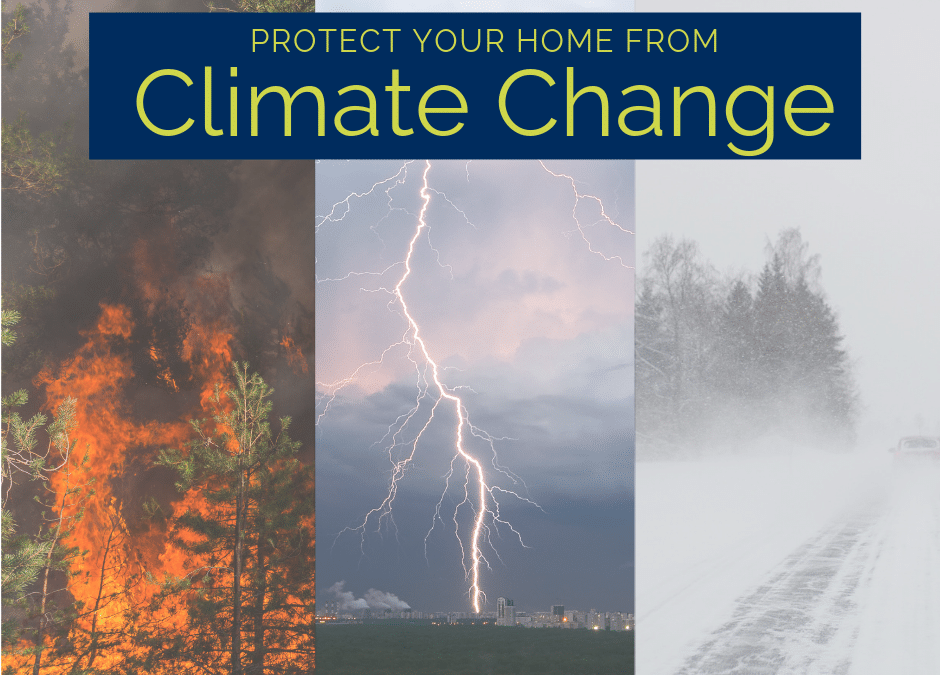


How to Prepare Your Classroom for an Emergency
Our Education Blogger is a public school teacher with over a decade of experience. She’s an active NEA member and enjoys writing about her experiences in the classroom.
Emergency situations can happen any place and at any time, that is why it is important to prepare your classroom for any type of emergency.
1. Know Your School Emergency Procedures
Be aware of your building’s emergency procedures, how often drills are practiced, and the expectations of teachers and students during such drills. Your building should have protocols in place in the event of a fire, tornado (in certain regions), earthquake (in certain regions), intruder, and medical emergencies. Take time each month to review procedures with students and go over lockdown/evacuation routes and guidelines.
2. Learn where Medical Equipment is Located
Does your building have an AED (Automated External Defibrillator)? All fifty states have laws or regulations requiring that AEDs be available in public gathering places, and in some states this means schools must keep and maintain AEDs. Find out where the AED is located in your building. If you haven’t been trained on how to use it, ask your administrator to arrange a time when staff can be shown how to use it. If your building doesn’t have one, contact your administrator or school board.
3. Keep an Updated Class Roster With Important Information
Check your class lists to identify students with medical conditions. If necessary, talk with your school nurse about what to do for these students in emergencies. For more serious conditions, have a plan in place with the office and nurse if a serious medical event occurs. In most situations, students with serious medical issues will have some sort of individual health plan (IHP) on file for your reference. If a student who has an ongoing medical condition does not have an IHP, contact your building nurse who can get the process going if the family requests it.
4. Ask Your School to Invest in Emergency Staff Training
If you haven’t been trained in first aid, CPR, or other important emergency procedures recently, ask your administrator or nurse to arrange regularly scheduled training for staff.
5. Emergency Supplies You Should Keep In Your Classroom
These classroom emergency supplies should be stored in the classroom in the event of a shelter-in-place situation due to an emergency or lockdown. If your school does not furnish emergency supplies, ask your building’s parent-teacher organization, a local Boy or Girl Scout troop, or even an area church, for assistance obtaining supplies.
-
- bucket (can be used to store items, can also be used as an emergency restroom)
- tissues and toilet paper
- baby wipes
- disinfecting wipes
- blankets or large towels
- flashlight and batteries
- hard candies
- first aid kit with medical gloves and instruction manual
- folder marked “confidential” with:
-
-
- class list with student pictures
- student emergency contact information
- list of students with special needs and description of needs (i.e. medical issues, prescription medicines, dietary needs)
- list of school emergency procedures
- plastic bags or sheeting
- work gloves
- duct tape
- masks
- whistle
- can opener
- food
- water (pouches or small bottles)
- activities for students (cards, inflatable ball, travel games)
-
These items should mirror the items you have in your family’s emergency preparedness kit.
6. Create a Classroom “Go Bag”
If your school doesn’t provide one, create a classroom “Go Bag” with necessities. An old backpack works well. Place or hang it near your classroom emergency exit. The bag is meant as a portable supply kit if a building evacuation is necessary. Recommended items include:
-
- water pouches or small water bottles
- first aid kit
- whistle
- baby wipes
- disinfecting wipes
- tissues or toilet paper
- paper, markers, pencils
- flashlight and batteries
- list of school emergency procedures
- activities for students (cards, inflatable ball, travel games)
- folder marked “confidential” with:
- class list with student pictures
- student emergency contact information
- list of students with special needs and description of needs (i.e. medical issues, prescription medicines, dietary needs)
Be sure to update your supply kits and bags yearly. Replace any expired items and be sure each kit is properly stocked and stored.
Are you prepared for an emergency at school? What emergency preparedness advice would you give fellow educators? Leave your thoughts in the comment section!
This article is furnished by California Casualty, providing auto and home insurance to educators, law enforcement officers, firefighters, and nurses. Get a quote at 1.866.704.8614 or www.calcas.com.

If Disaster Strikes – Are You Ready?
Disaster can strike at ANY time during ANY season. So, each year we are here to remind you to prepare for disaster situations in your home and communities.
BE PREPARED: Before an emergency or natural disaster strikes, here are 10 things you can do:
- Plan and save for the unexpected financially.
- Sign up for emergency alerts in your area.
- Map out and practice using several different evacuation routes.
- Have a safe location planned for shelter if your town is evacuated.
- Plan for your pets and know where they will stay if you are evacuated. Here are some pet-friendly hotels.
- Have a plan where you and family members will meet and how you will communicate if you become separated.
- Create an emergency kit, that meets your family’s particular needs.
- Complete a home inventory and document all of your belongings (clothing, mattresses, bedding, kitchen appliances, furniture, electronics, etc.).
- Back up important phone contacts and photos physically or on The Cloud.
- Check your insurance coverage with an advisor, to make sure you’re adequately covered or add protection (ex. Home, Renters, Auto, Flood, Earthquake, Floater, and Umbrella).
BE READY: If you need to evacuate:
- To find local shelters download the FEMA app, text SHELTER and your ZIP code to 43362 (ex. SHELTER 12345), or visit the American Red Cross’ website.
- Contact California Casualty as soon as possible and save all receipts for living expenses, such as hotels, meals and other essentials.
- Monitor local media about conditions, further evacuations, or when it might be safe to return home.
BE SAFE: When you return home, there are many potential dangers, such as:
- Dangerous toxins, and debris
- Mold
- Gas leaks
- Electrical shock
- Poisonous snakes or other animals
- Structural instability and collapse
- Sewage and chemical tainted water
GET HELP: If you need recovery help afterward:
- FEMA disaster recovery help: https://www.disasterassistance.gov/
- Small Business Administration financial help: https://disasterloan.sba.gov/ela/
- American Red Cross recovery help: https://www.redcross.org/get-help.html
- Salvation Army meals and other relief: https://www.redcross.org/get-help.html
Though it is National Preparedness Month, it is important to remain prepared every month of the year. An emergency or natural disaster can strike at any time or place; and if it does, please remember, you are not alone. California Casualty is there when you need us most, to help make sure you and your family are covered.
This article is furnished by California Casualty, providing auto and home insurance to educators, law enforcement officers, firefighters and nurses. Get a quote at 1.866.704.8614 or www.calcas.com.

Know Your Insurance: Climate Change Protection
While there may be some debate about the cause, more and more people are accepting the fact that a changing climate is leading to extremely erratic weather with more intense storms, prolonged drought, and rising temperatures.
This has led to some of the most dramatic disasters in the U.S. Throughout these impressive weather swings, roofs have been damaged, homes flooded, trees toppled and vast acreage blackened. Many property owners are wondering what’s next and what they can do to safeguard their property?
Here are some important steps that you can take to help protect your property and your family from the major effects of climate change.
Storms
Snow and ice storms, hurricanes and spring/summer thunderstorms have become more intense. From record hail, tornado outbreaks, and torrential downpours; our homes and property are taking a beating.
When these storms hit, check and repair:
- Roofs and shingles
- Gutters and downspouts
- Decks and porches for loose, cracked or exposed wood
- Exterior for chipped or peeling paint, cracks, holes or exposed wood or siding
- Attics for evidence of leaks
- Basements or crawl spaces for damp areas and cracks
- Concrete slabs for cracks or shifting soil
- Chimneys for damage or dirty flues
- Trees and bushes for broken or weak trunks and branches, and removing any branches that overhang your home
Fire
Wildfires in much of the country have burned hotter and consumed more structures and acreage in recent years. Climate change has extended the fire season by an extra two months across the U.S.! In much of the South and West it begins in early spring, ending late fall.
Fire prevention experts recommend that anyone in or near a fire-prone area, especially what is called the Wildland Urban Interface (WUI), needs to take these steps to minimize their fire risk and help responding crews:
- Create at least a 100 foot defensible space area around homes and structures (200 feet or more may be needed on hillside areas)
- Keep combustible wood piles, propane tanks and other flammable materials 30 feet from homes and structures
- Remove weeds and dry shrubs near structures
- Keep laws trimmed and mowed
- Trim tree branches 10 feet up from the ground and remove any that overhang your home or other structures, and keep trees spaced 30 feet apart
- Install a fire resistant roof and deck
- Make sure your street name and address are visibly posted for emergency vehicles
- Clear flammable vegetation 10 feet from roads and five feet from driveways, and cut back overhanging branches on roads and drive ways
Keeping your home well maintained is essential to withstand the vagaries of weather. You can find more wildfire preparation tips here.
Know Your Insurance
In the event of these extreme storms it is also critical that you understand your insurance and know:
- If your homeowners policy includes replacement cost or actual cash value,
- Whether you are covered for new additions, improvements or appliance and other upgrades,
- That a floater or scheduled personal property endorsement is needed to fully cover high value items such as fine art, furs, jewelry, silverware and musical instruments
Keep in mind: flood and earthquake insurance are not included with your home or renters policy. However when you have California Casualty, you can easily add each to your policy though our agency services program. Please contact: 1.877.652.2638 or agencyservices@calcas.com .
Another important coverage you should add to your policy is comprehensive coverage. Without it your vehicle won’t be protected if it is damaged or destroyed by a flood, fire or falling tree limb. To ask a customer service representative about adding comprehensive coverage please contact: 1.800.800.9410 or visit www.calcas.com
Lastly, make sure your belongings are also completely covered in the event of a storm or fire. If you haven’t completed a home inventory yet, now is the time to do it. Having a list and proof of the things you own will help you with reimbursement if your home or apartment is damaged by a natural disaster. For our free Home Inventory Guide click here.
This article is furnished by California Casualty, providing auto and home insurance to educators, law enforcement officers, firefighters and nurses. Get a quote at 1.866.704.8614 or www.calcas.com.
Why You May Not Have Enough Insurance to Rebuild
 Seeing a wall of flames or a madly spinning tornado bearing down on your community or neighborhood is the worst time to wonder, “Do I have enough insurance to build my home again?”
Seeing a wall of flames or a madly spinning tornado bearing down on your community or neighborhood is the worst time to wonder, “Do I have enough insurance to build my home again?”
While some areas of the country have already experienced tornadoes and record flooding, fire and storm season is just beginning.
We’ve seen enough disasters to know the stress and financial impact they leave behind. More out-of-control fires and powerful storms have resulted in higher cleanup costs, elevated rebuilding prices and shortages of manpower and materials, due to the damage in a concentrated area.
It’s very important to make sure that you have enough insurance for your home and property.
Here’s why:
- Half of American homeowners have told experts that they don’t really know what their homeowners insurance policy covers
- Other studies estimate that six out of ten homeowners are underinsured by an average of 20 percent – meaning if their house costs $200,000 to replace, they would fall short by about $40,000 if they had a total loss
- Less than 20 percent of those in flood or earthquake-prone areas have flood or earthquake insurance
Here are some of the factors that could lead to a home being underinsured:
- Improvements and upgrades. When you buy new appliances, remodel kitchens and bathrooms or add on to your home, those improvements may not be covered by your original insurance policy.
- Hazardous materials removal costs. After a disaster, your property may be full of dangerous chemicals, asbestos and other hazardous materials. It may take months to get proper permits, and the costs to remove the toxic residue can be quite high.
- Rising construction costs. After large-scale disasters, building materials, construction crews and equipment may be in short supply. Costs in many areas have skyrocketed after massive property destruction.
- Updated building codes. Rebuilding an older home to meet today’s safety codes may be expensive, especially if you bought your home decades ago.
- Limited loss of use coverage. Make sure you have enough coverage to pay for extra living expenses (rent, food and other essentials) while your home is rebuilt or repaired. It’s important to factor in extended time after large disasters, sometimes more than a year.
- Not enough personal property protection. Make sure that you have enough contents coverage to replace the many items you own – bedding, clothing, kitchen items and electronics. Don’t forget scheduled personal property for high value items, such as jewelry, special musical instruments, fine art and collectibles.
Being Prepared
A yearly policy review is a must. As your insurance partner, it’s imperative that you tell us about any home improvements/upgrades that you’ve made. A California Casualty advisor will take the time to explain your policy and help make sure that you have the coverage you need with the discounts you deserve.
Its’s also important that you make an inventory of your possessions. Not only will it help determine the amount of coverage you need, but it speeds up the process of replacing those items. Only half of American homeowners and renters have done an inventory, which could leave them in the lurch after a disaster.
TAKEAWAY:
Take a moment and contact one of our customer service representatives for your policy review by calling 1.800.800.9410, option 3.
